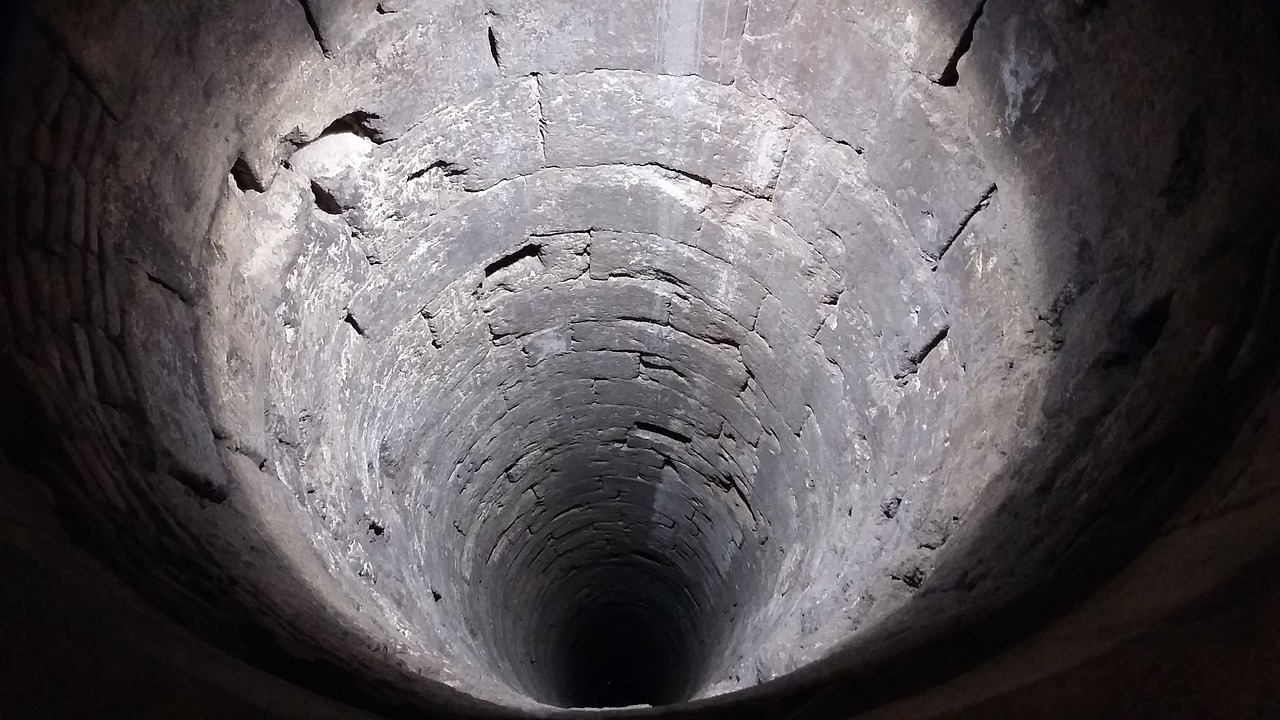Commercial - Residential - Agricultural - Industrial - Environmental - Geothermal - Construction
At Independent Well Drilling, customer satisfaction is always the main goal for our team of experts. We work with precision and caution to make sure that every service we do for your wells is the best service possible. One of the many services we provide is the installation of a monitor well. Our team of technicians is certified for the task of constructing an efficient, quality monitor well for your well system. We have the tools, knowledge, and experience to give you the guarantee of a job well done, whether it’s the installation of a monitor well or any other well service we provide.
What Does a Monitor Well Do?
The installation of a monitor well will allow the owner permanent access for the gathering of samples to study the quality of the groundwater of the well. In addition, it allows the owner to see the quality of the hydrogeologic properties of the aquifer. The aquifer is one of the potential places that contaminants may exist, and these contaminants may taint the groundwater of the well.
Procedures for Monitor Wells:
There are plenty of monitor well installation methods to choose from, and our technicians at Independent Well Drilling will match your particular scenario with the perfect method of monitor well installation. Every single condition and detail of the site must be observed and logged before we can choose an appropriate method to install the monitor well.
Here are the most common procedures for monitor well installation:
Hollow-Stem Auger: A casing is constructed to prevent damage during driving, and then a well may be constructed within the steel casing with the casing pulled back. Depending on the requirements of the sampling to be done, the hole beneath the casing may remain open or an inner casing/ screen may be inserted.
Rotary Drilling:
There are two types of rotary drilling:
- Mud rotary drilling
- Air rotary drilling.
In mud rotary drilling, a drill bit is used to cut the formation material, as well as deepen the borehole. The cuttings are removed by pumping drilling fluid down the drill rods, where the fluid flows into a mud pit. Then, the samples may be taken from the cuttings.
In air rotary, the air is used as a drilling fluid. In this process, air is forced down the drill rods with an air compressor. The cuttings are moved outside of the hole by the air that’s ascending and collected around the rig. There’s also a more conventional air rotary method, in which the bit is driven quickly against the rock in short strokes while the drilling string rotates slowly. This method is usually reserved for consolidated formations.

